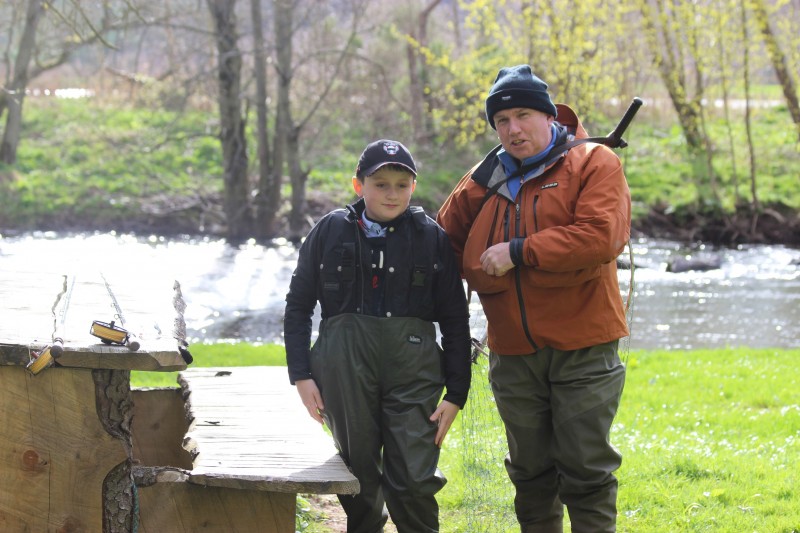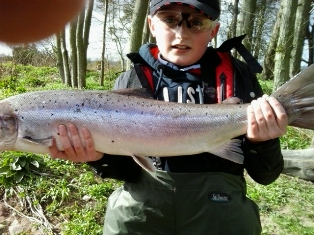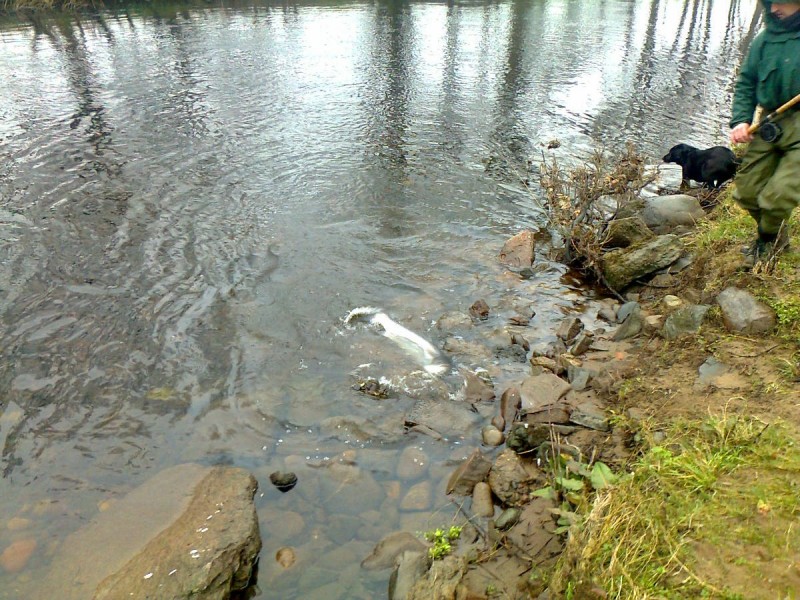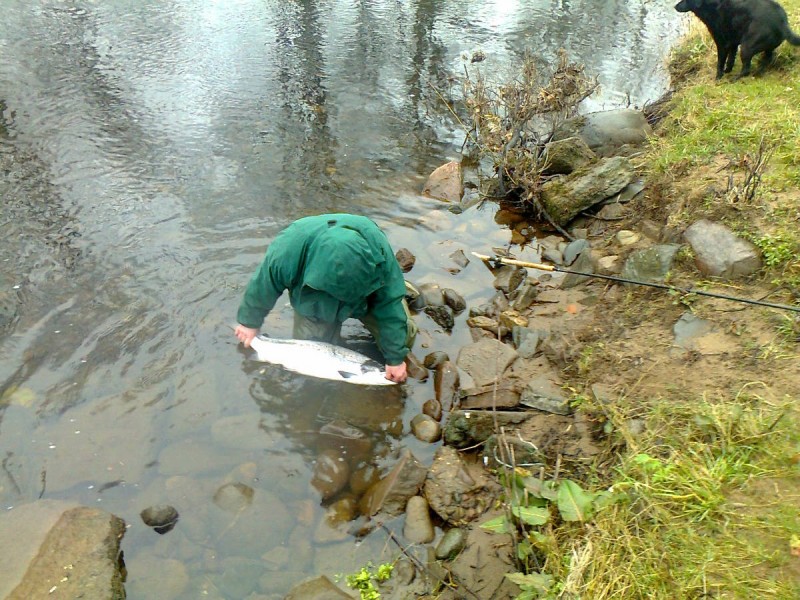155,000 escaped chickens invade the Vale of Strathmore”
Just imagine if that were true!!
Over 300,000 lbs of live battery chickens running around wild, defecating and swamping the countryside….
The difference between that and what we are doing in the sea off the west coast and islands of of Scotland is that a) chickens don’t interbreed with populations of wild birds b) we can see the chickens and the mess they make c) as far as we know escaped farmed chickens don’t cause disease or mass explosions of parasites.
If the countryside around Forfar were suddenly to be inundated with 155,000 battery chickens you might expect there to be complaints in the press and live media. In fact I would expect there to be a major public objection. SEPA and SNH would get involved and those chickens would be recaptured very quickly. Moreover the farmer whose poor biosecurity allowed this massive escape to happen would most likely be charged, lose his licence, fined and put out of business.
In the last few years 2.7 million farmed salmon have escaped from their open-mesh (“string vest”) cages in Scotland’s once pristine northern waters. Most recently 155,000 salmon have “escaped” from a salmon farm in Shetland. But, because noone sees them, as they would those escaped chickens, those massive escapes of farmed salmon go unseen and largely unremarked.
When battery hens are in their coops, all the effluents are treated and regularly monitored. Not so the effluents from open mesh salmon cages. Untreated raw sewage from millions of caged salmon close to the beaches and coastal villages of our islands and west coast communities are poured into the sea in huge quantities, along with uneaten food, and chemicals for treating disease and parasites. It is no exaggeration to say that these salmon are literally growing in their own shit, reminding me of the quote by WC Fields who said “I don’t drink water. Fish fuck in it”!
Please think hard about the way we grow our farmed salmon in the sea. Do the salmon farming companies’ balance sheets reflect the massive freebie they get by not processing their waste, as every other farmer in the country is forced to do by law? Can our seas really absorb all that crap? If salmon farmers are getting that freebie, who is really paying the bill in lost biodiversity, pollution and visual spoiling of our wilderrness coastline – certainly impacting on tourism?
Even the most unscientific of us will realise on the basis of common sense that you cannot swamp the fragile ecosystems of those northern inshore waters with those levels of effluent without there being collateral damage. Any farmer will tell you that. The Kentucky dust bowl disaster of the 1930s is an example of where greed & profit overides common sense and good husbandry. No Wizard of Oz to help the beleaguered Scottish west coast!
Because the destruction is happening below the surface of the sea, it is out of sight and out of mind. How very convenient that is to their accountants, who tot up the profits and present the balance sheets! How different those accounts would look if the real costs of treating the sewage from salmon farms were included.
That is why I keep banging on about Closed Containment salmon farming. It is not ideal I know. Any form of animal farming in such huge amounts is far from the world of the hunter/gatherer, who could kill and eat an animal from its natural environment. But we have to find sustainable methods of providing protein at a reasonable price for 7.5 billion people living on this planet. Aquaculture is the way forward, but not at any price.
Please support AST and its partners in promoting closed containment salmon. It tastes better, it doesn’t pollute the beaches, it doesn’t infect wild salmon & sea trout with disease and parasites, nor does iot threaten wild salmonids with inter-breeding.
I would rather have the 155,000 battery chickens!
TA




